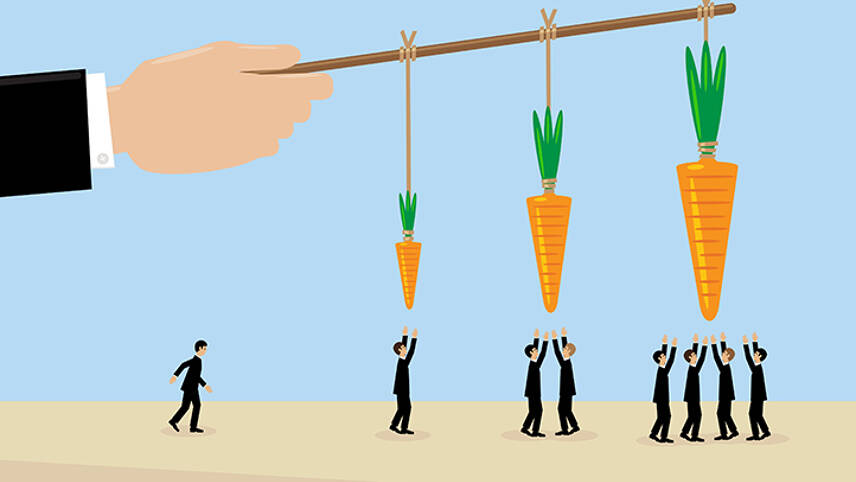Register for free and continue reading
Join our growing army of changemakers and get unlimited access to our premium content

edie’s recent Explains guide on the circular economy shines an invaluable light on the importance of moving to a circular economy – its benefits for businesses and the environment, the steps we can take to get there, and the legislative environment needed to facilitate this shift.
But it is also important to step back so we can review the progress we have made and the journey we still have left to travel. That is why we were delighted to support and input to the Circle Economy’s inaugural report measuring the UK’s Circularity Gap.
It found that the UK’s economy is 7.5% circular – marginally ahead of the 7.2% global average and much better than Norway’s 2.8% but far worse than the Netherlands’ 24.5%.
In short, 92.5% of all economic activity in the UK requires the consumption of virgin materials and even more concerning from a global sustainability perspective is the fact that 80% of those materials are extracted abroad.
Our work on the report alongside our experience working with clients and projects – ranging from blue chips like Balfour Beatty and Tesco to innovative offerings to help dispose of vapes – puts us right at the coalface of the circular economy. It is a mission that is central to our purpose and the sustainability of businesses, economies, ecologies and the natural environment all over the world.
As such, we have a clear view on the immediate problems and the priorities for rapidly moving towards a more circular economy. What we need now are the frameworks, infrastructure and legislation needed to implement meaningful change.
For a start, we are calling for the adoption of universal Science Based Targets for material consumption in the UK (similar to those already use for Carbon reporting) to provide a quantitative approach to circularity and so we can hold ourselves accountable to effecting change.
A two-pronged ‘carrot and stick’ approach can also help pull and push businesses along this journey towards a more sustainable future. The ‘carrot’ takes the form of centralised investment in mandatory recycling infrastructure and proper incentivisation for businesses to invest in circularity (such as those set out by the Task Force on Climate-related Financial Disclosure).
The ‘stick’ of additional legislation and tax reform to encourage better operational practices provides a stronger nudge to ensure all businesses are pulling their weight.
While we are never going to close the circularity gap entirely, the UK has to re-double its efforts if we are to make further, substantive progress.
Reconomy Group stands ready to accelerate this urgent change and take us towards a more circular economy.
edie Explains: Circular Economy
Organisations looking to accelerate the transition to a circular economy now have access to a comprehensive ‘edie explains’ guide which breaks down everything there is to know about achieving a zero-waste world.
This new Explains guide, developed with support from Reconomy, offers a deep dive into the key considerations, challenges and opportunities that businesses face on the road to becoming more circular.
Why is adopting a circular economy so important? What does a circular economy look like in practice? How does the circular economy apply to business? Which organisations are most suited to going circular? What are the business benefits of going circular? This new explains guide answers all these questions and more.
——CLICK HERE TO DOWNLOAD THE CIRCULAR ECONOMY GUIDE—–



Please login or Register to leave a comment.